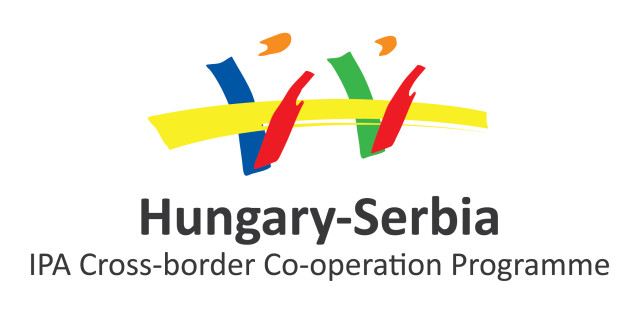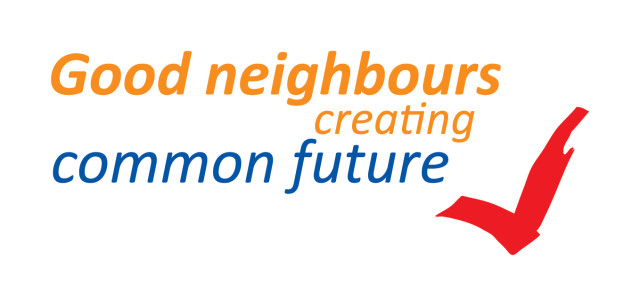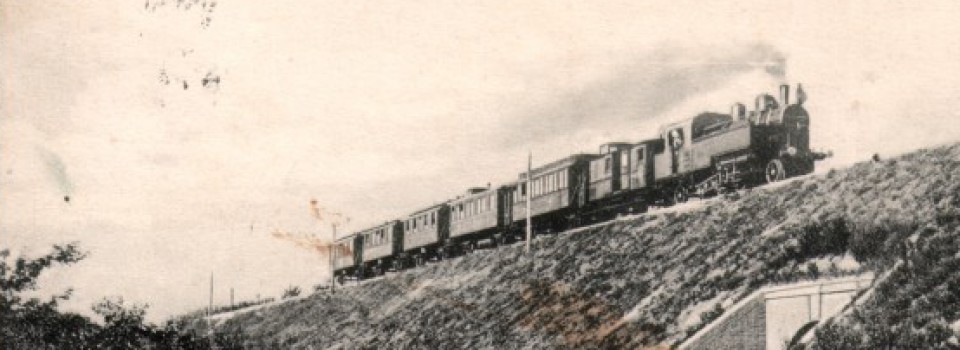This settlement, 5 km away from Bačka Topola, has a special status with respect to rural heritage houses in Vojvodina: this house presents the objects of all three ethnicities of the multinational village, Hungarians, Serbians and Slovaks. There is a separate room for introducing the Serbian and for the Hungarian folk traditions, while the Slovak objects are displayed in the house of an old Slovak woman, on the other side of the street. There is a special room in the rural heritage house that presents the toolset of weaving tradition, while the souvenirs of soldier’s life are gathered in another one. In a third room of the house, there are shown the toys of children’s life and the objects used for baking honey-cakes. Beside this, the scenes of traditional everyday life have also been preserved in their usual order: in the clean room and in the kitchen.
There was organised a craftsmen’s exhibition titled Hand-woven fabrics of our grandmothers on the occasion of the day of Bajša in August 2003, in cooperation of the local government, the Testvériség cultural organisation, the Teleház and the women’s organisation. This event can be considered for the precedent of the rural heritage house in Bajša. The ETNO circle of traditional craftsmen was founded with the aim of revealing, gathering and preserving material wealth of the settlement.
Árpád Papp
Source:
Legeza, Márta: Tájházak a Vajdaságban. Szakdolgozat, 2009. ELT-BTK Néprajz Tanszék




